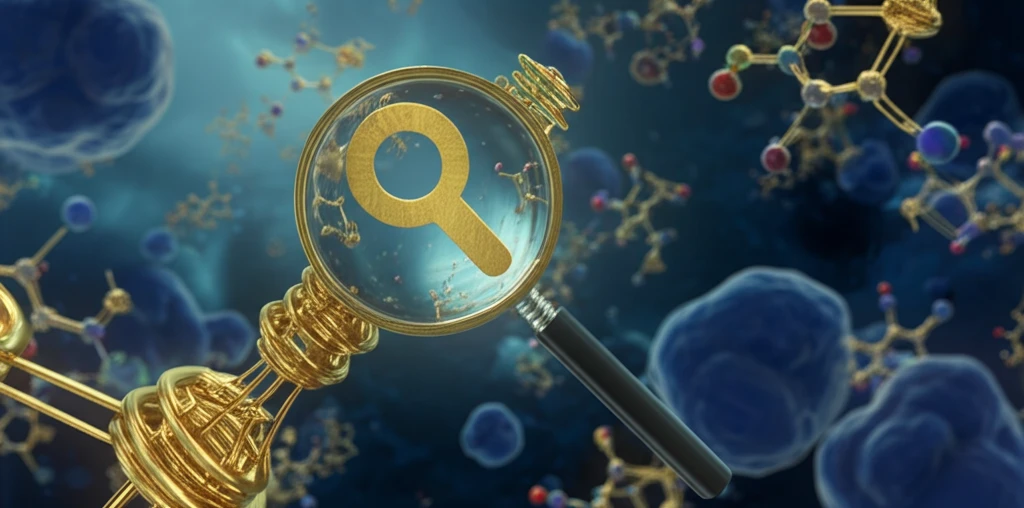
Unlock Nanoscale Secrets: How to Build Your Own Super-Resolution Microscope Tips on a Budget
"Revolutionize your research with affordable, homemade TERS tips that rival expensive alternatives – dive into our step-by-step guide!"
Tip-enhanced Raman spectroscopy (TERS) has become an indispensable tool in nanospectroscopy, enabling researchers to achieve single-molecule sensitivity and sub-nanometer spatial resolution. This technique combines the chemical and structural information of Raman spectroscopy with the signal amplification provided by plasmonic resonances in metal tips.
However, the demand for efficient, reproducible, and cost-effective probes for TERS is constantly growing. Traditional methods for producing TERS tips often involve expensive equipment, skilled operators, and complex fabrication processes. This presents a barrier for many researchers seeking to utilize the power of TERS in their work.
Electrochemical etching offers a promising alternative. This technique is easy to implement, accessible to most labs, and requires only low-cost equipment and minimal training. While electrochemical etching can sometimes suffer from surface roughness and reproducibility issues (particularly with silver), gold tips produced through this method exhibit good surface quality, small radii of curvature, and can be stored safely for extended periods.
The Two-Step Etching Protocol: A Step-by-Step Guide

This article outlines a new protocol for fabricating TERS tips from 125 µm diameter gold wires using a two-step electrochemical etching process. This method builds upon existing techniques, optimizing for speed, reliability, and cost-effectiveness. The result? High-performance TERS tips created in your own lab.
- Pre-Etching (High Voltage): Immerse the gold wire and apply 5 VDC for 15-20 seconds to quickly reduce the wire's diameter. Expect bubbling during this phase.
- Etching (Low Voltage): Reduce the voltage to 2.1-2.3 VDC to form the tip slowly and smoothly without bubbling.
- Rinsing: To eliminate residual impurities from the surface, wash the tips by shaking in the etching solution and, subsequently, by pouring a few drops of HCl and rinsing in ethanol and water.
- Drying: Finally, the tips are dried under a nitrogen flux.
A New Era of Accessible Nanospectroscopy
This new two-step etching protocol opens the door to more accessible nanospectroscopy. By significantly reducing the cost and complexity of TERS tip fabrication, researchers can now explore the nanoscale world with greater ease and affordability. This method encourages innovation, empowering labs to develop and customize their own high-performance probes. It will also make tip-enhanced Raman spectroscopy more accessible to wider audience.
